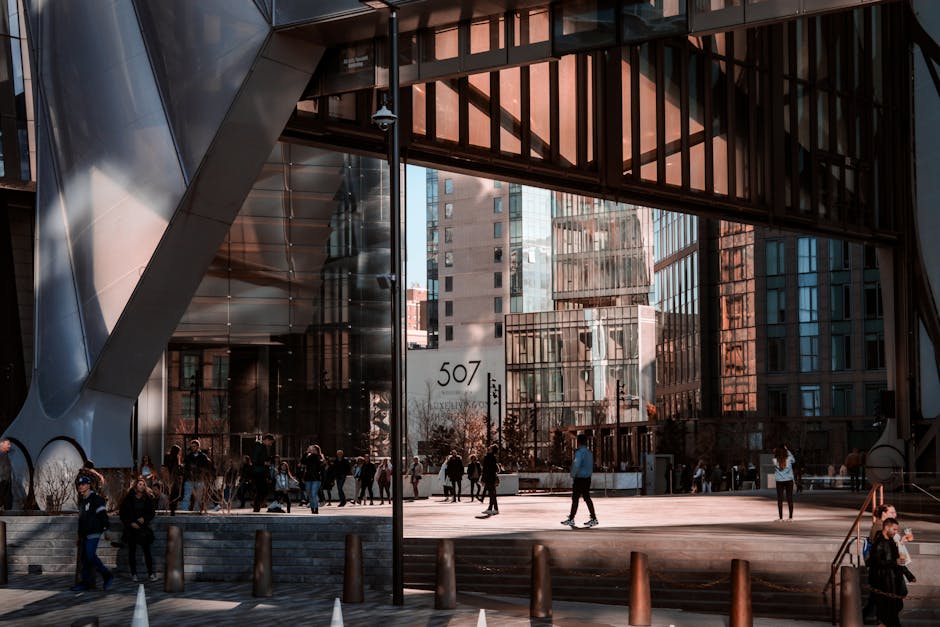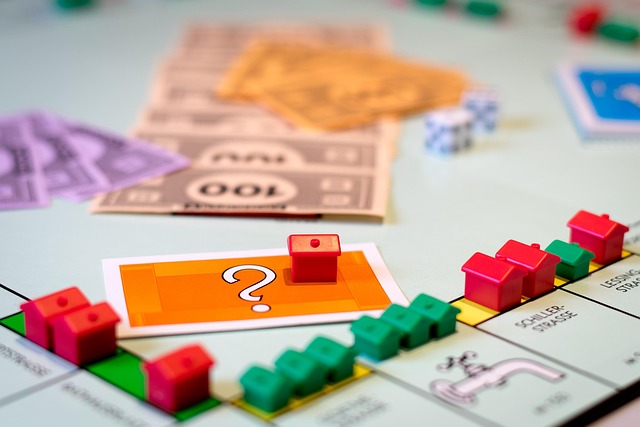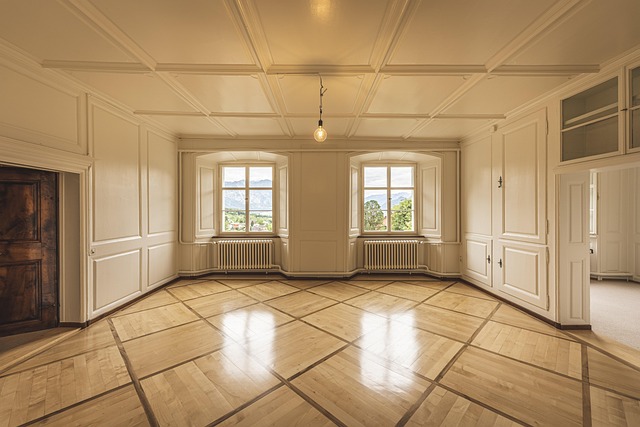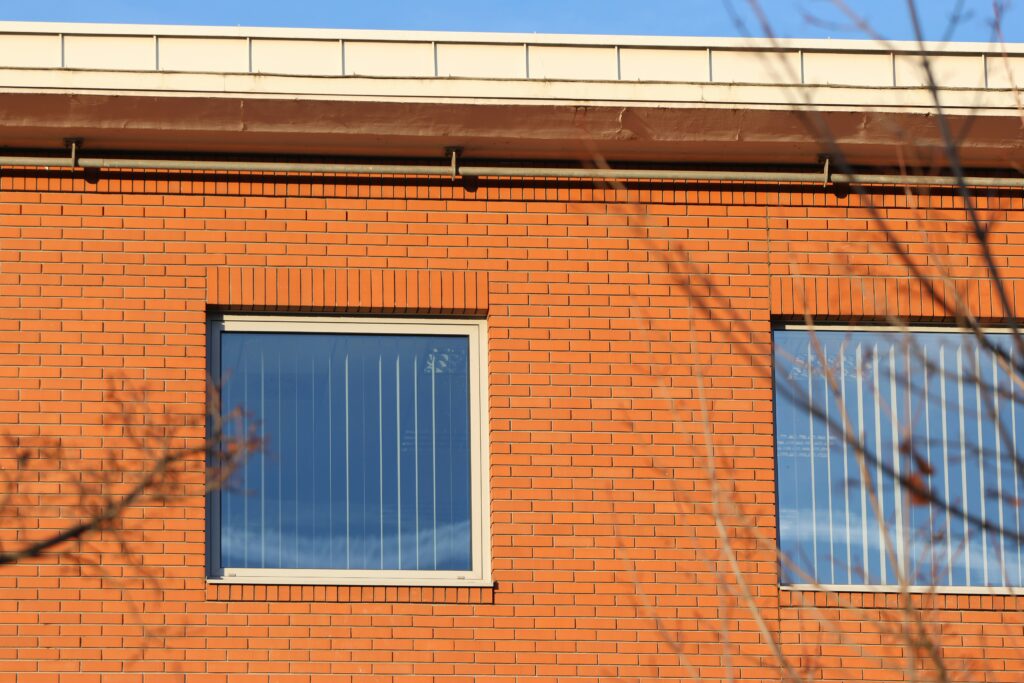Introduction
Cities aren’t slowing down. Over half the global population already lives in urban areas—and that number keeps climbing. The pressure’s on, not just to build more, but to build smarter. Skyscrapers and subway lines alone won’t cut it. What’s needed now are ecosystems: integrated, responsive environments where housing, mobility, sustainability, and culture actually work in sync.
This evolution matters at every level. For residents, it shapes daily life—your commute, your rent, your access to green space. For developers, it’s about balancing return with responsibility. And for city planners, the challenge is to design systems, not just structures. Cities are becoming living networks, and those who understand the connections will lead the next chapter of development.
Smarter Cities, Smarter Infrastructure
Tech-driven infrastructure is no longer a luxury—it’s the new baseline. Cities are layering in IoT sensors across streets, buildings, and transit systems to gather real-time data. That data helps optimize waste collection, cut water usage, manage power grids, and unclog traffic without digging up roads. It’s less about flash, more about functional gains—like shaving minutes off a commute or keeping streetlights efficient without wasting current.
Digital twins are also trending hard. These are dynamic, virtual models of entire urban environments used by planners to simulate how changes might impact the city—without ever pouring concrete. They allow for stress-testing ideas around zoning, transit, and emergency response. Think dry runs for major planning decisions in a consequence-free, virtual sandbox.
And none of this happens in a vacuum. Cities serious about modernization are turning to private-sector partners—tech firms, architecture firms, and even startups—to co-develop smarter systems. The old siloed approach is out. Collaboration that brings civic logic and commercial agility into the same room is what’s driving some of the most ambitious upgrades we’ve seen in decades.
Sustainability as Standard
Green has moved from buzzword to baseline. Developers today aren’t just experimenting with carbon-neutral building materials—they’re leaning into them. Materials like cross-laminated timber, hempcrete, and recycled steel are gaining traction because they lower emissions right from the start. What’s changing is that these aren’t one-off prototypes anymore. They’re scaling.
Architecture is also getting smarter in how it uses energy—not just saving it. We’re seeing net-zero homes and passive design take priority: buildings that heat and cool themselves based on airflow, orientation, and insulation. In many regions, it’s no longer about just checking the LEED box. Now it’s about hitting zero, or close to it.
Meanwhile, cities are looking up and inward. Rooftops once left bare now grow produce. Wastewater isn’t waste—it’s a resource for irrigation, filtration, or even drinking. The rise of urban farming, vertical gardens, and closed-loop water systems signals a shift: urban sustainability isn’t just about where we live, it’s how we live in it. Efficient, local, and largely invisible to the casual eye—but absolutely essential.
Vertical Living and Mixed-Use Spaces
As cities grow denser, the challenge isn’t just squeezing more people into smaller footprints—it’s doing it without making everyone feel like they live in a shoebox. The newest wave of high-density housing tackles this head-on. Instead of isolated towers, we’re seeing smarter layouts with open-air corridors, communal terraces, and flexible interiors that adapt to changing needs. Space-efficient doesn’t have to mean soul-crushing.
But the real shift lies in how different spaces are being combined. Residential, commercial, and public areas are no longer siloed—they’re stitched together in a single vertical or hybrid footprint. Picture your apartment upstairs, co-working space one floor down, a grocery store at street level, and a park or gym nestled in between. These aren’t futuristic blueprints—they’re rolling out now from Seoul to São Paulo.
Enter the 15-minute city. Originally a French academic idea, it’s now a global north star—designing cities so that everything you need is within a 15-minute walk or bike ride. It’s smart, efficient, and surprisingly doable. The mixed-use model is its backbone, cutting down commute time, boosting local economies, and reducing urban sprawl.
This isn’t about density for density’s sake. It’s about layering access, comfort, and utility into every square meter. The future city doesn’t just hold more people—it works better for them.
Mobility Redefined
Cities are finally pulling away from car dependency. Personal vehicles are losing ground to something more nimble, more flexible, and more connected—shared mobility. We’re talking bikes, scooters, ride-sharing, and increasingly, autonomous shuttles that are less about novelty and more about function. This isn’t just about swapping cars out one-to-one. It’s about building a whole new system.
Urban streets once designed primarily for vehicles are being reclaimed. Sidewalks are wider. Curbside parking gets turned into micro-parks, loading docks for delivery bots, or protected lanes for cyclists. Cities like Oslo, Paris, and Portland are going all-in on pedestrian zones—and users are responding. People want clean, walkable neighborhoods that don’t choke on traffic.
And when people do need to travel further, seamless transit is making it easier to ditch the car. App-connected smart hubs are letting passengers jump from an e-scooter to a subway to a shuttle with minimal friction. Integrated ticketing systems, real-time updates, and route optimization make this possible. It’s not perfect yet—but the gears are turning.
This is more than a tech trend. It’s a cultural shift. Cities are being rebuilt for people, not just their machines.
Climate Resilience and Adaptive Design
Cities can’t ignore climate anymore. Floods, heatwaves, hurricanes—many urban centers are already taking hits. The smartest ones are shifting their playbook. Flood-proof housing isn’t optional now. Think raised structures, absorbent landscaping, and modular homes that can be moved or adapted as needed. It’s about materials too—permeable concrete, reflective surfaces, and insulation that plays both offense and defense in extreme temperatures.
But infrastructure isn’t enough if the planning lacks heart. Community-driven disaster strategies are stepping up. Local councils, mutual-aid groups, and neighborhood apps help cities bounce back faster. When residents help design the plans—where to go, what to store, who’s at risk—recovery doesn’t stall. It accelerates.
The future isn’t about building stronger. It’s about building smarter, together.
Data and Governance in Urban Planning
Cities are no longer planned behind closed doors—they’re being co-created in real time by the very people who live in them. As urban centers become smarter, data and governance practices are becoming critical tools for inclusive, responsive, and ethical development.
Real-Time Feedback From Citizens
Modern urban design increasingly taps into citizen input through digital platforms, helping planners respond to real needs:
- Mobile surveys and community apps gather opinions on everything from transit preferences to park usage.
- Smart kiosks and QR-code-enabled signage let citizens provide real-time feedback on infrastructure and services.
- Participatory budgeting tools allow residents to vote directly on how certain public funds are spent.
These mechanisms make urban planning not just efficient, but democratic.
The Rise of Open Data & Civic Tech
Cities are unlocking their data to empower innovators, researchers, and citizens:
- Open Data Portals: Public dashboards share information on traffic, environmental quality, zoning changes, and more.
- Civic Tech Tools: Developers are building applications that visualize data in actionable ways—helping residents understand and engage with their environments.
- Collaborations: City governments are working with tech startups, universities, and nonprofits to make data accessible and useful.
These tools aren’t just about transparency—they’re driving smarter decision-making at every level.
Privacy, Equity, and the Ethical Use of Data
As data collection grows, so does public concern over who has access to information and how it’s used. Smart urban planning must balance innovation with responsibility:
- Privacy Protections: Cities are adopting anonymization standards and data minimization strategies.
- Equity Considerations: There’s a risk of data deserts—areas that aren’t studied as deeply due to a lack of digital footprint. Urban planners are working to ensure all voices are represented.
- Ethics in AI: As algorithms help shape development, cities must establish guidelines that prevent biased or harmful outcomes.
Ultimately, ethical governance ensures technology enhances urban life without eroding democratic rights or freedoms.
Final Thoughts
The cities of tomorrow won’t just be smarter—they’ll be more human. Adaptive infrastructure will respond to real-time data. Public spaces will be designed with empathy and efficiency, not just line items on a blueprint. The goal isn’t complexity for its own sake. It’s usability, livability, and long-term value.
The real leverage point sits where design, technology, and policy intersect. Design sets the vision. Tech brings agility. Policy sets the rules of the game. Miss one, and the system breaks—not visibly at first, but later, when it matters most.
Urban development in the coming years isn’t about building more. It’s about building better—with people, not just profit, at the center.
For more insights on smart living, visit HouseZoneSpot.


 Billake Bartow is a passionate tech writer at HouseZoneSpot, known for his deep understanding of smart home innovations and digital living. His articles focus on practical technology that enhances everyday comfort, convenience, and energy efficiency in modern homes.
Billake Bartow is a passionate tech writer at HouseZoneSpot, known for his deep understanding of smart home innovations and digital living. His articles focus on practical technology that enhances everyday comfort, convenience, and energy efficiency in modern homes.

